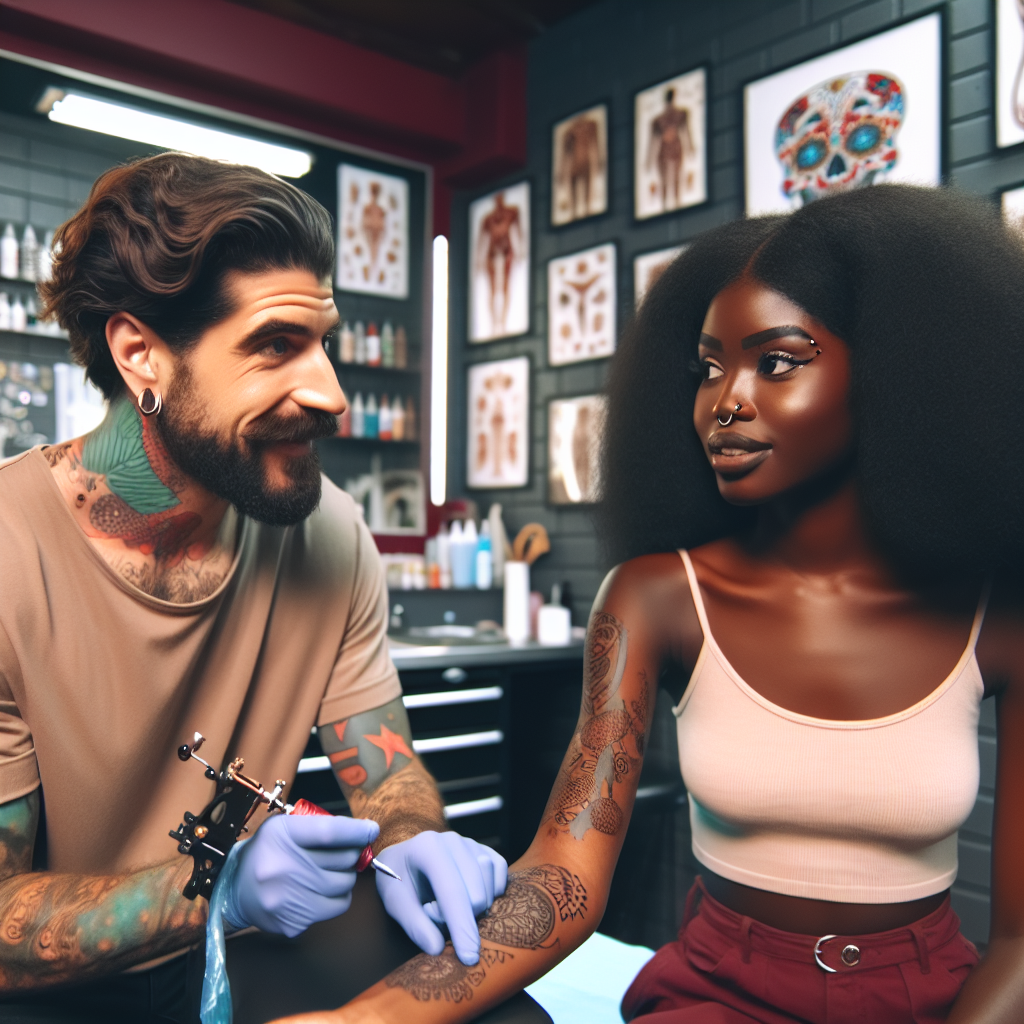
Get at least 6 FREE Stock Shares today
Getting a tattoo is a big decision and can be a nerve-wracking experience for many people. One of the most common concerns that arise when contemplating getting a tattoo is the fear of pain. The thought of needles piercing your skin can be daunting, but understanding the tattoo pain scale can help alleviate some of those fears and prepare you for what to expect during your ink session.
The tattoo pain scale is a subjective measure of the amount of pain that different areas of the body may experience during the tattooing process. It is important to note that pain tolerance varies from person to person, and what may be painful for one person may not be as painful for another. However, there are general guidelines that can give you an idea of what to expect in terms of pain intensity when getting a tattoo.
One of the most common areas that people find to be painful when getting a tattoo is the ribs. The ribs are a bony area with very little fat or muscle to pad the skin, making it more sensitive to pain. Some people describe the feeling as a sharp, stinging pain that can be uncomfortable. However, many people find that the pain is tolerable and worth it for the end result of a beautiful tattoo.
Another area that is commonly considered to be painful is the spine. The spine has a high concentration of nerves, which can make the tattooing process more intense. The pain can range from a sharp, stabbing sensation to a dull ache, depending on the individual’s pain tolerance. Despite the potential discomfort, many people choose to get tattoos on their spine because of the significance of the area and the beauty of the final design.
On the other end of the spectrum, some areas of the body are generally considered to be less painful when getting a tattoo. These areas include the upper arm, thigh, and calf. These areas have more muscle and fat to cushion the skin, making the tattooing process more bearable for most people. The pain is often described as a dull ache or a light scratching sensation, rather than sharp or intense.
It is important to remember that everyone’s pain tolerance is different, and what may be painful for one person may not be as painful for another. Additionally, the sensation of pain during a tattoo session can vary depending on factors such as the size and detail of the tattoo, the skill of the tattoo artist, and individual health and skin sensitivity.
Despite the potential pain involved in getting a tattoo, many people find that the end result is well worth the temporary discomfort. Tattoos are a form of self-expression and can hold deep personal meaning for the wearer. They can be a way to commemorate a significant event, honor a loved one, or simply make a statement about who you are. The process of getting a tattoo can be a transformative experience, allowing you to take ownership of your body and create a work of art that is uniquely yours.
In conclusion, while the tattoo pain scale may seem intimidating, it is important to remember that the pain is temporary and the end result can be truly rewarding. If you are considering getting a tattoo, it is important to do your research, choose a reputable tattoo artist, and communicate openly about your concerns and pain tolerance. By understanding the tattoo pain scale and preparing yourself mentally and physically for the experience, you can ensure that your ink session is as smooth and enjoyable as possible. Ultimately, getting a tattoo can be a positive and empowering experience that allows you to express yourself in a unique and meaningful way.
Leave a Reply